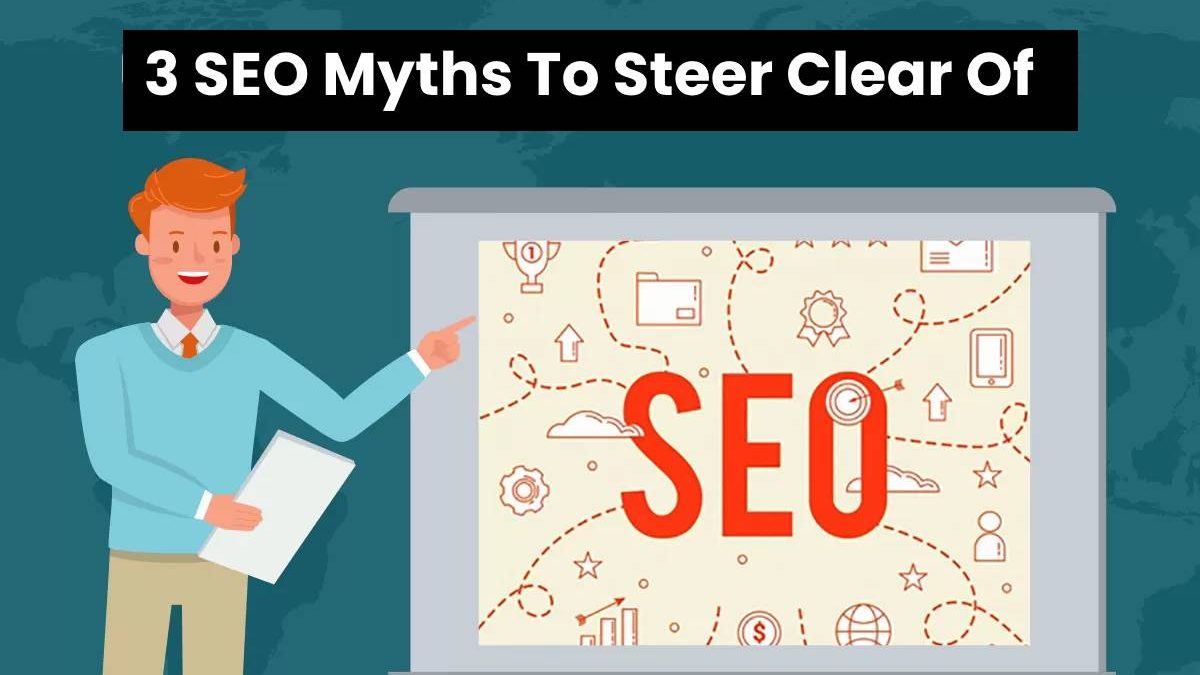Google “SEO strategy for a business website.”
You will be inundated with scores of advice articles, posts in discussion forums, and checklists that are one too many. This endless SEO advice is challenging to make sense of. Why not start by identifying some common myths?
After combing through many listicles that lay down SEO strategies, we are now outlining the three biggest SEO myths we came across. We keep these (and much more) in mind when we build personalized SEO strategies for our clients through our search engine optimization consulting services:
Table of Contents
1. Myth: Long-form Content will get you the most traffic
Many SEO strategies focus on length since most highly-ranked pages have content of around 1500 words or 2000+ words. Every piece of content should be that long to rank, some SEO strategists will say.
This false equivalence leads to brands churning long-form content that does not meet the user’s search intent. The focus should be on user intent, not the article’s length. If you can answer a query in 250 words, writing a 2500-word piece on it will not help you rank.
In fact, in cases where a short answer would do — creating long-form content might drive traffic away. No one has the time to dig through paragraphs to find the answer they need.
Because every topic will require a different style and length of content — map the SERP landscape for your search query to decide the average number of words you should write.
2. Myth: If users spend a lot of time on my page, it’s good. If they aren’t, it’s a quality issue
When you visit a recipe website with concise content, find precisely what you need, take a screenshot, and leave — your time on the page may be low. This doesn’t mean that you found the content invaluable. Your time on the page may be high, too, if you keep the recipe page open for the entirety of the cooking time.
Alternatively, if you go to one of those long-form content pages that do not require so much content, your time on the page may be low because you are not engaged enough. Or it may be high because you are struggling to find the answer but continue scrolling.
There are too many variables affecting the time spent on the page. From an SEO perspective, you cannot have blanket rules associated with time spent on the page.
3. Myth: Churn out fresh content every week to stay relevant
Many websites forget that this “fresh” content needs to be relevant and, like with every other piece of content — should cater to user intent.
Evergreen content need not be updated unless something substantively changes.
Your “about us” is not going to change often. Neither will your product offerings. So updating it every day or publishing content for the sake of it is a futile exercise. It will take away from the authority that your website could establish.
Final Thoughts
At Vizion Interactive, we have the SEO expertise that has helped our clients avoid SEO pitfalls and myths. We craft the SEO strategy after a complete audit of the client’s website and a deep dive into their vision.
Want us to rank your content with a robust SEO strategy? Take advantage of our search engine optimization consulting today!

